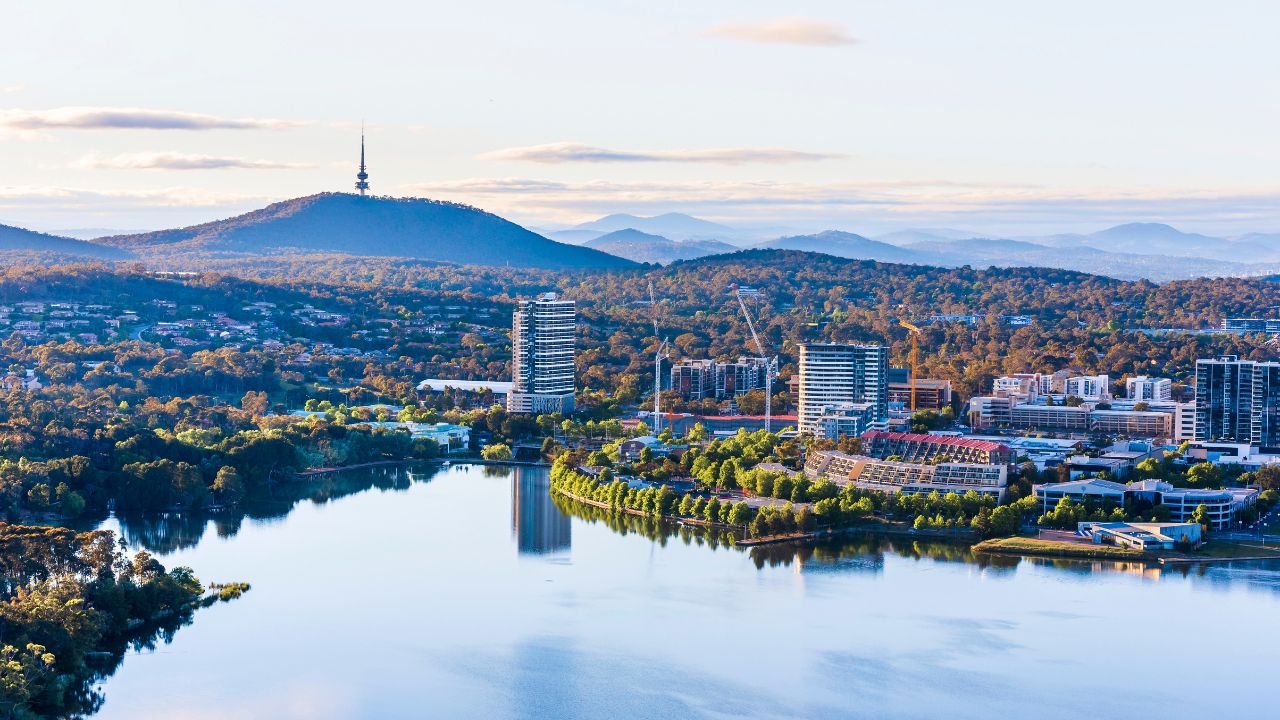Despite record-low vacancy rates across the country, rents remained relatively stable in March, according to new data.
However, there continued to be significant differences between the major capital cities.
Rent.com.au found that national house rents increased 0.78 per cent to $645 per week in March, while units rose just 0.43 per cent to $580.
The sharpest increase in house rent was seen in Canberra, where the median rent increased 4.17 per cent to $750 per week.
While Brisbane house rents jumped 1.59 per cent to $640 per week.
Darwin was the only major city that saw a fall in house rents, with weekly rates decreasing 1.47 per cent to $670.
For apartments, Perth saw the biggest jump, with rents surging 3.45 per cent for the month followed by Darwin at 2.83 per cent and Sydney at 1.43 per cent.
The national median price per room for apartments increased by 18.33 per cent year-on-year to $355, while the national median price per room for houses increased by 5.26 per cent year-on-year to $200.
Rent.com.au said Australia’s capital cities had experienced huge demand for rental accommodation, led by record high levels of immigration, the return of international students, and people heading back to CBDs.
“The lack of housing supply is a significant concern, as the demand for rental properties is increasing while building approvals and commencements are decreasing,” they said.
“The collapse of construction companies and a shortage of tradies has also contributed to the slow pace of new builds.”
According to the data, a tenant in Sydney paying $355 per week for a room in an apartment in March 2023, would now pay $450 per week, an increase of $95 per week.
While a landlord in Melbourne renting out a sharehouse for $166 per week in March 2023, could now able to rent it out for $200 per week, an increase of $34 per week.
Regional rents also continued to rise in March, with the national median rent increasing by 3 per cent year-on-year.
All states and territories recorded annual rent increases, with the exception of the Northern Territory, with the most significant increases seen in Queensland(14.42 per cent), Western Australia (13.21 per cent) and South Australia (12.86 per cent).
Rent.com.au said several factors were driving tight rental market conditions in regional Australia.
“These factors include strong demand from renters, as more people opt to live in regional areas due to lifestyle factors and affordability,” they said.
“Additionally, a shortage of rental supply exists because investors have been selling off their rental properties in recent years.
“Regional rents are expected to continue to rise in the coming months due to high demand for rental accommodation and tight supply.”

